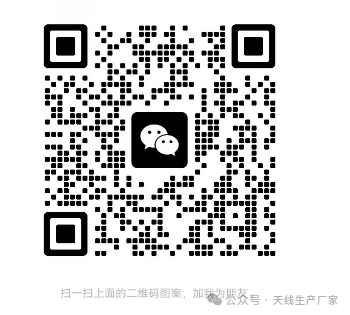LoRaWAN (Long Range Wide Area Network) is a communication protocol specifically designed for Low-Power Wide-Area Networks (LPWAN) suitable for Internet of Things (IoT) applications. It uses LoRa modulation technology and operates in specific unlicensed frequency bands globally, according to the regulations of different countries and regions. Below are the main LoRaWAN frequency bands used in major regions worldwide:
1. Europe
863-870 MHz Band Main Use: This is the most commonly used LoRaWAN frequency band in Europe. Features: Suitable for long-distance transmission, widely used in smart cities, agricultural monitoring, and other fields.

2. North America (USA and Canada)902-928 MHz Band Main Use: This is the standard LoRaWAN frequency band for North America. Features: Provides more channel options, supports higher data rates, suitable for various IoT application scenarios.

3. Asia433 MHz Band Main Use: Used for LoRaWAN in certain Asian countries like China and India. Features: Lower frequency means better penetration capability and longer transmission distance, but lower data rates. 920-923 MHz Band Main Use: Used in Japan and some other Asian countries. Features: Similar to the North American band, but specific parameters may be adjusted to comply with local regulations.
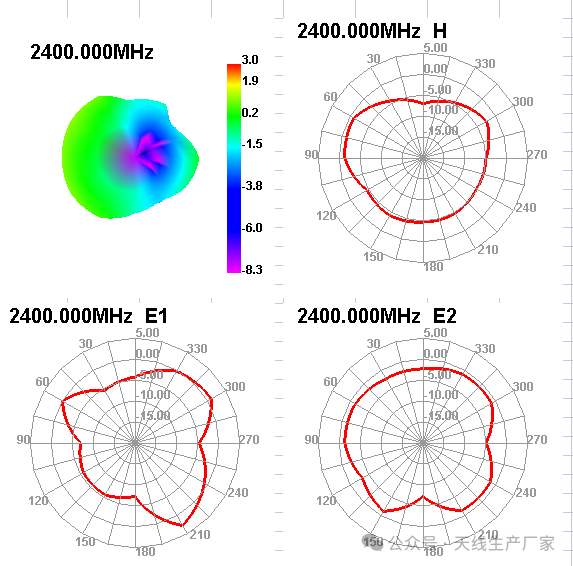
4. Australia and New Zealand915-928 MHz Band Main Use: Similar to the North American band, but optimized in some aspects to comply with local radio management regulations. Features: Suitable for applications requiring higher data rates.
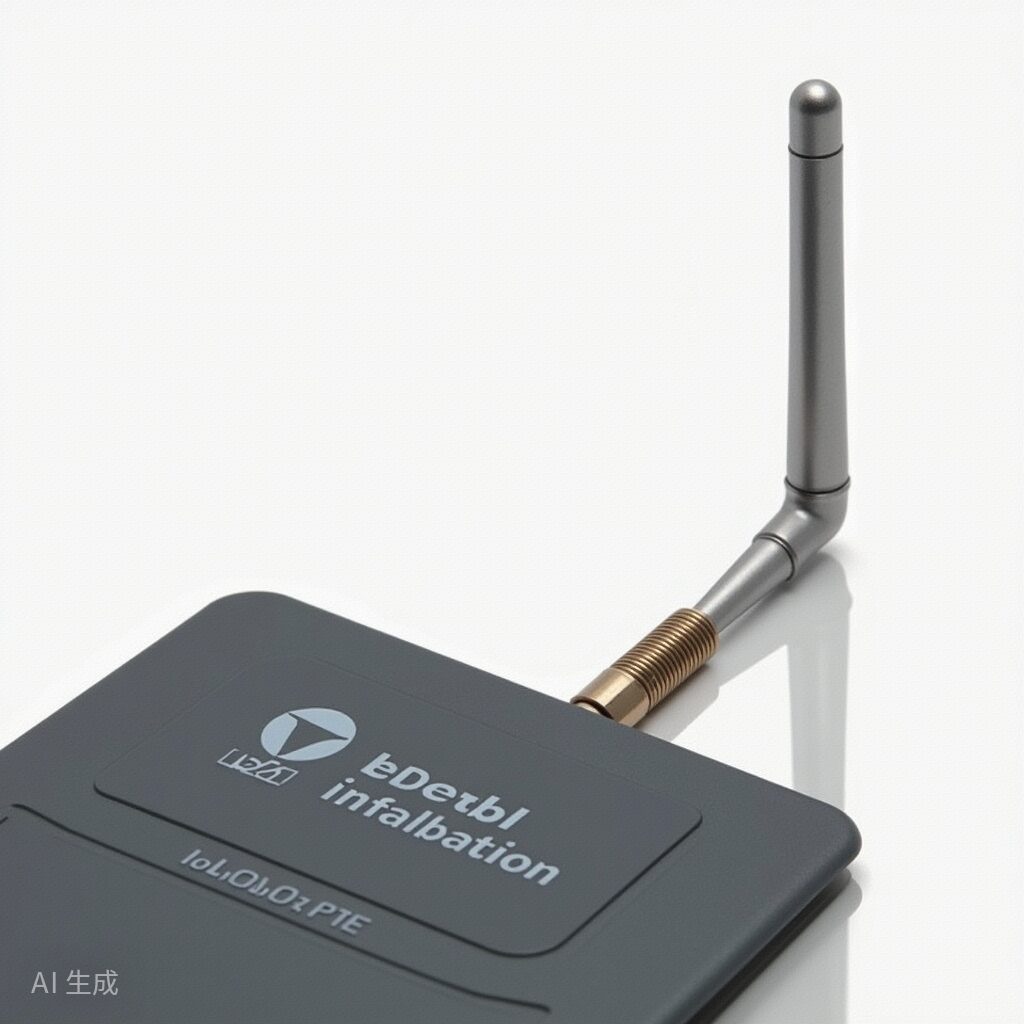
5. Latin America902-928 MHz Band Main Use: Same as the North American band, widely used in various IoT projects in this region. Features: Provides good coverage and high flexibility.
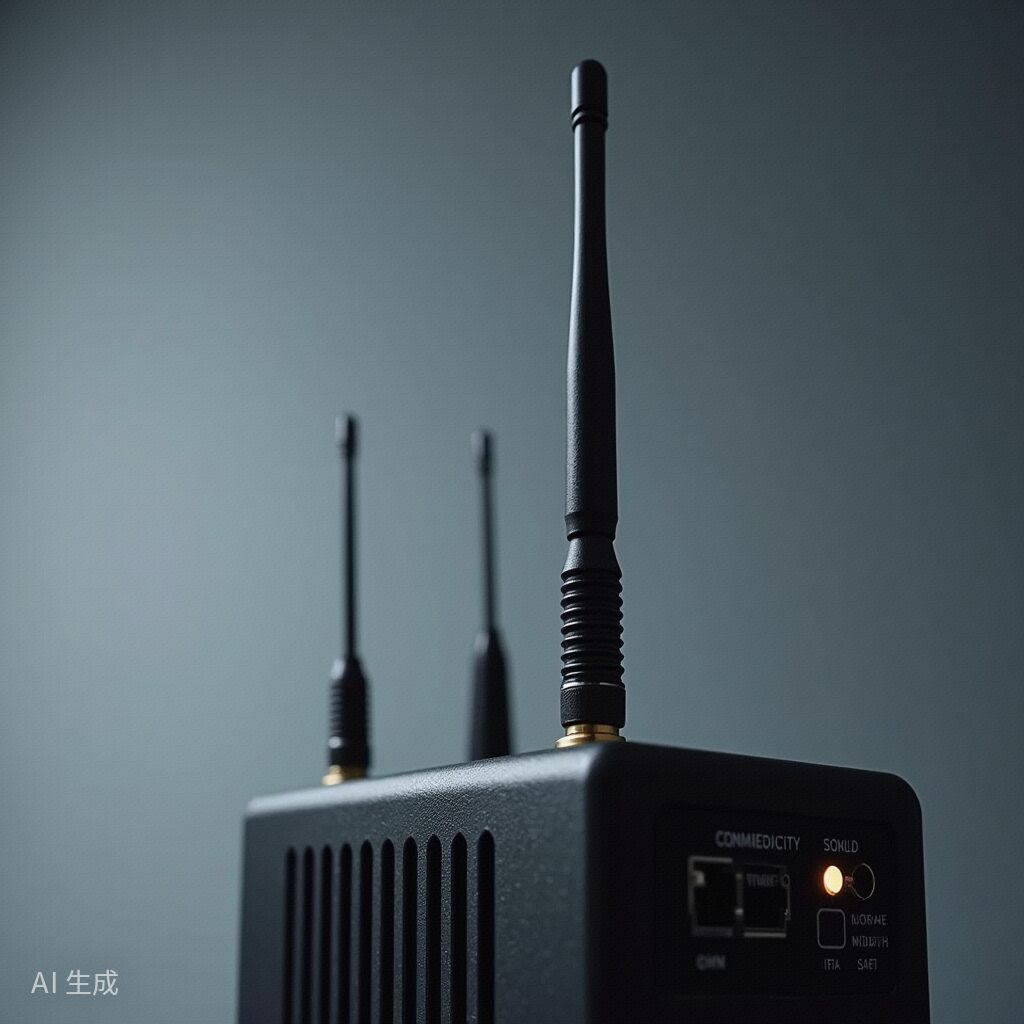
6. South Korea920-923 MHz Band Main Use: LoRaWAN frequency band specifically tailored for the South Korean market. Features: Meets the requirements of the South Korean radio management authorities to ensure legal compliance.7. Africa868 MHz and 915 MHz Bands Main Use: Different frequency bands may be used according to specific national and regional regulations. Features: Adapted to local needs and technical infrastructure.
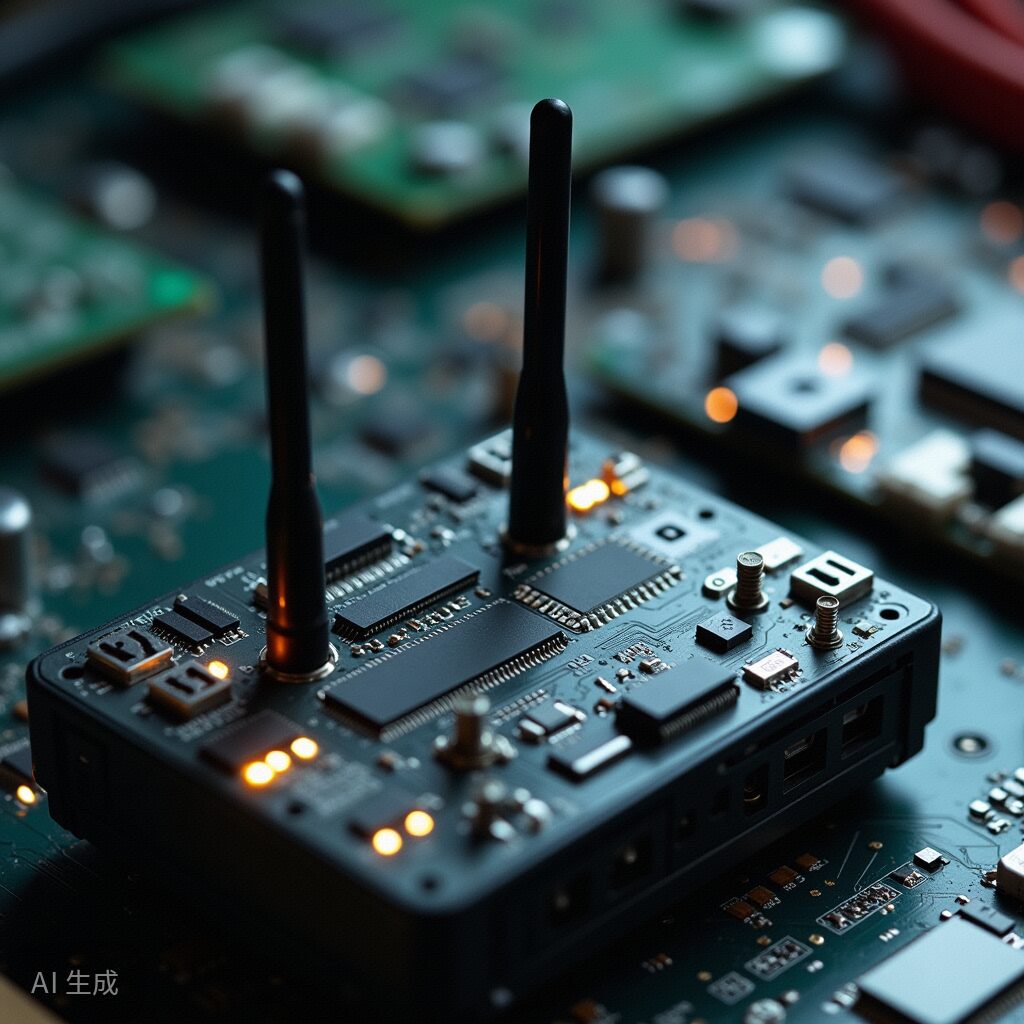
Notes
Regulatory Compliance: Different countries and regions have varying regulations regarding the management and allocation of radio frequencies, so it is essential to comply with local radio management regulations when deploying LoRaWAN networks. For example, certain countries may have strict limits on transmission power, occupied bandwidth, etc.
Frequency Band Compatibility: Due to the different frequency bands used in various locations, device manufacturers typically provide versions tailored for specific markets, ensuring their products can operate smoothly worldwide. If you plan to use LoRaWAN devices across borders, please confirm whether the selected devices support the frequency bands of the target market.Multi-band Support: Some advanced LoRaWAN modules and gateways can support multiple frequency bands simultaneously, providing greater flexibility for cross-regional deployment.
In summary, the choice of LoRaWAN frequency bands depends on specific geographical locations and application requirements. Understanding and adhering to the relevant regulations in your country or region is key to ensuring the successful deployment of LoRaWAN networks.Thank you for your attention and support for Shenzhen Bat Wireless Technology Co., Ltd.
